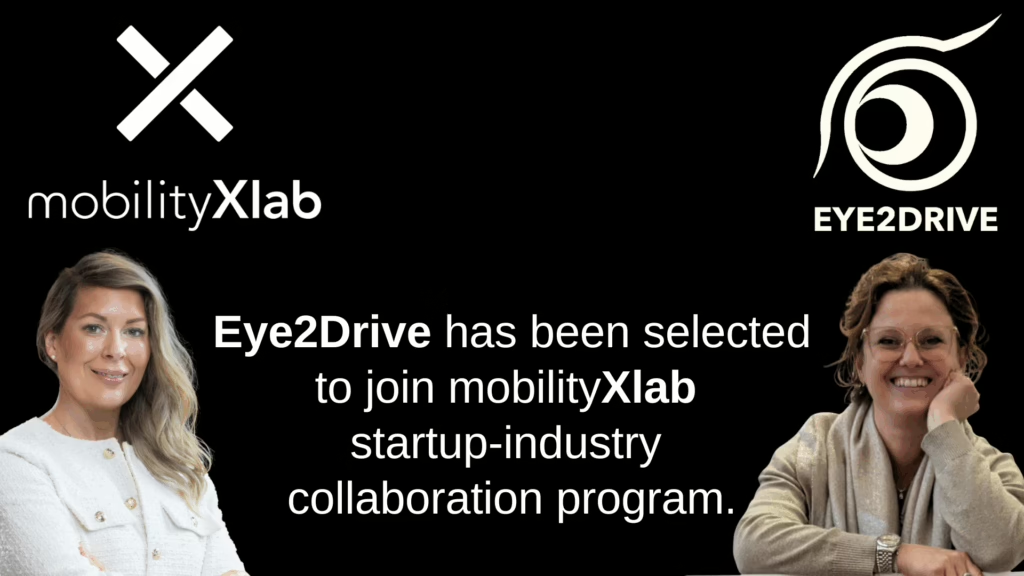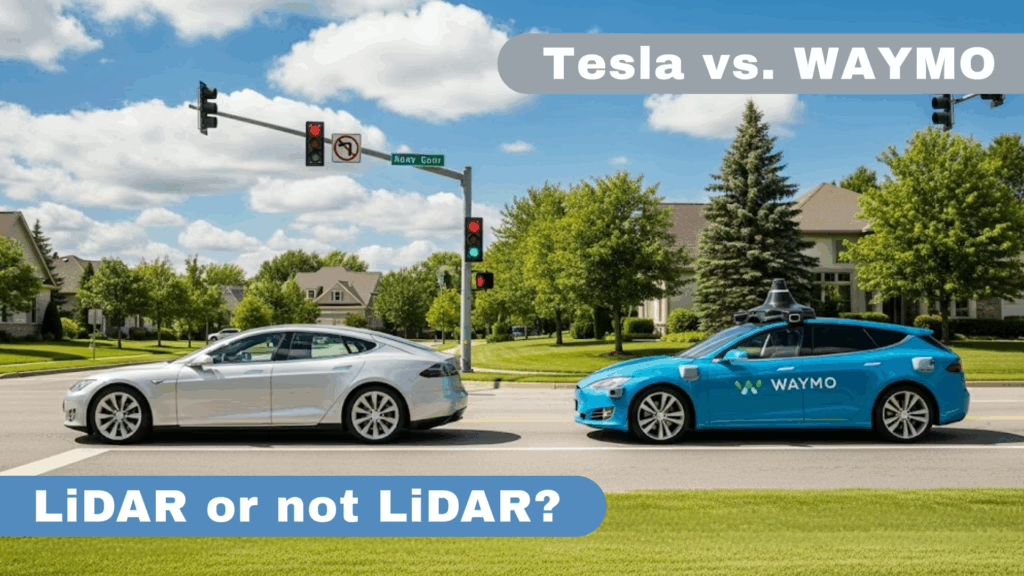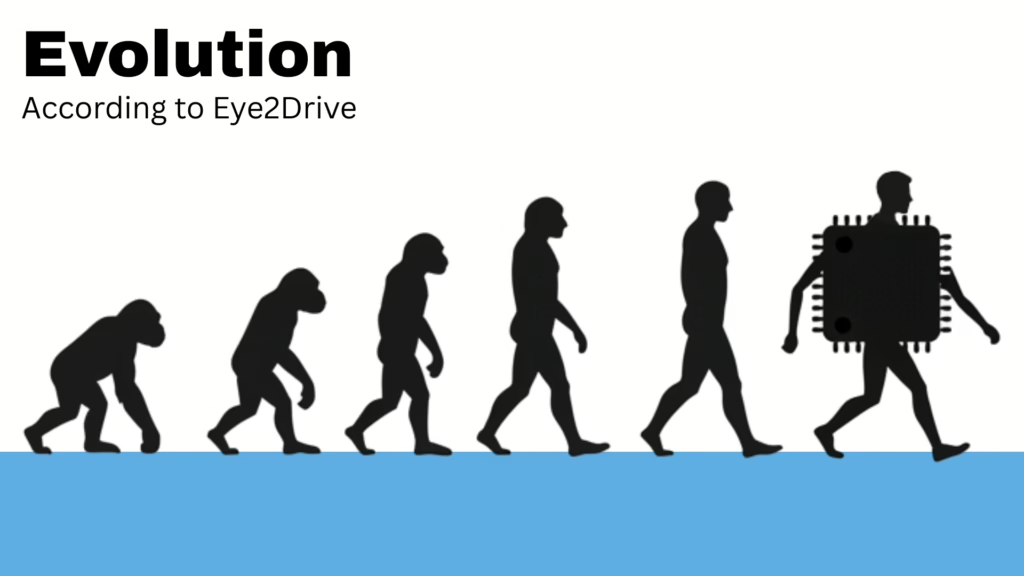AI-Ready: What It Means and Why It Matters
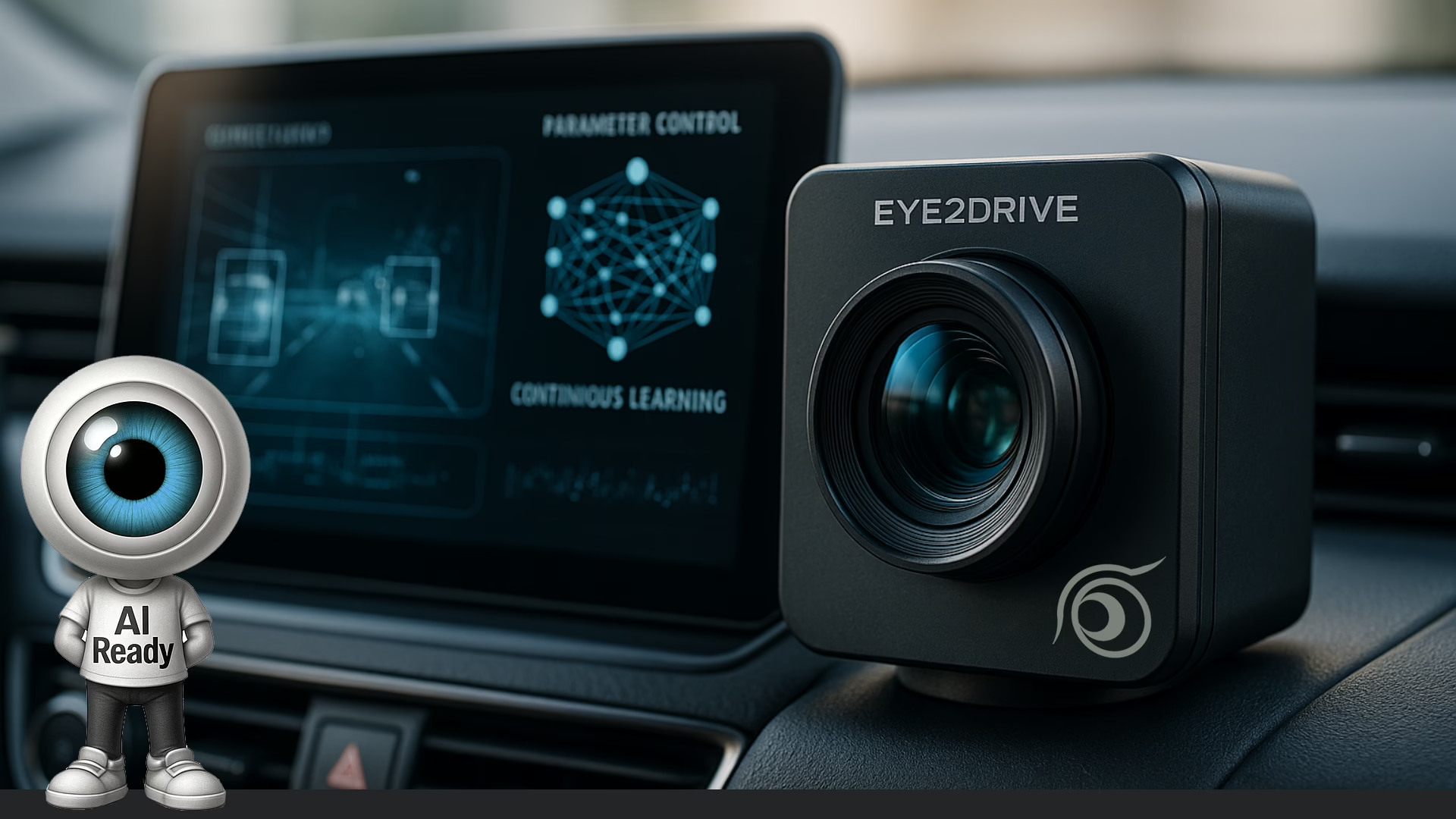
Building an AI-First Sensor
Today, designing a product isn’t just about function and usability—it’s about building an AI-First Product. That means creating something fully controllable by AI, continuously adaptive, and capable of exposing structured, machine-readable data. Whether you’re developing hardware, software, or a connected system, the question is no longer “Can it do the job?”—but “Can AI guide it, improve it, and learn from it?” But what does AI-Ready mean, and why does it matter?
The question is no longer “Can my product do the job?”, but “Can AI guide it, improve it, and learn from it?”
Artificial Intelligence is already transforming industries—from self-driving vehicles to predictive maintenance in manufacturing. But AI can only thrive when the products and systems it interacts with are designed with AI in mind from the start. That’s what makes an AI-First Product different: it doesn’t just function in a smart environment—it enables that environment.
At Eye2Drive, we’re building more than smart sensors—we’re engineering AI-Ready platforms built on real-time, structured data, designed for continuous learning and dynamic system control. But before diving into how we help businesses develop AI-based solutions, let’s explore what AI readiness really means—and why it’s the foundation for building technology that lasts.
What Does AI-Ready Actually Mean?
Many people misunderstand what AI-Ready actually means. It’s not just about adding a chatbot to a website or running a small AI experiment. AI readiness requires more. It involves creating a foundation within your organization—systems, culture, and infrastructure—that supports AI in the long term.
AI readiness can be broken down into three critical components:
- DATA COLLECTION: Implement structured data capture and organization.
- PARAMETER CONTROL: Support dynamic interaction with AI and machine learning systems.
- CONTINUOUS LEARNING: Expose data to support continuous learning and improvement.
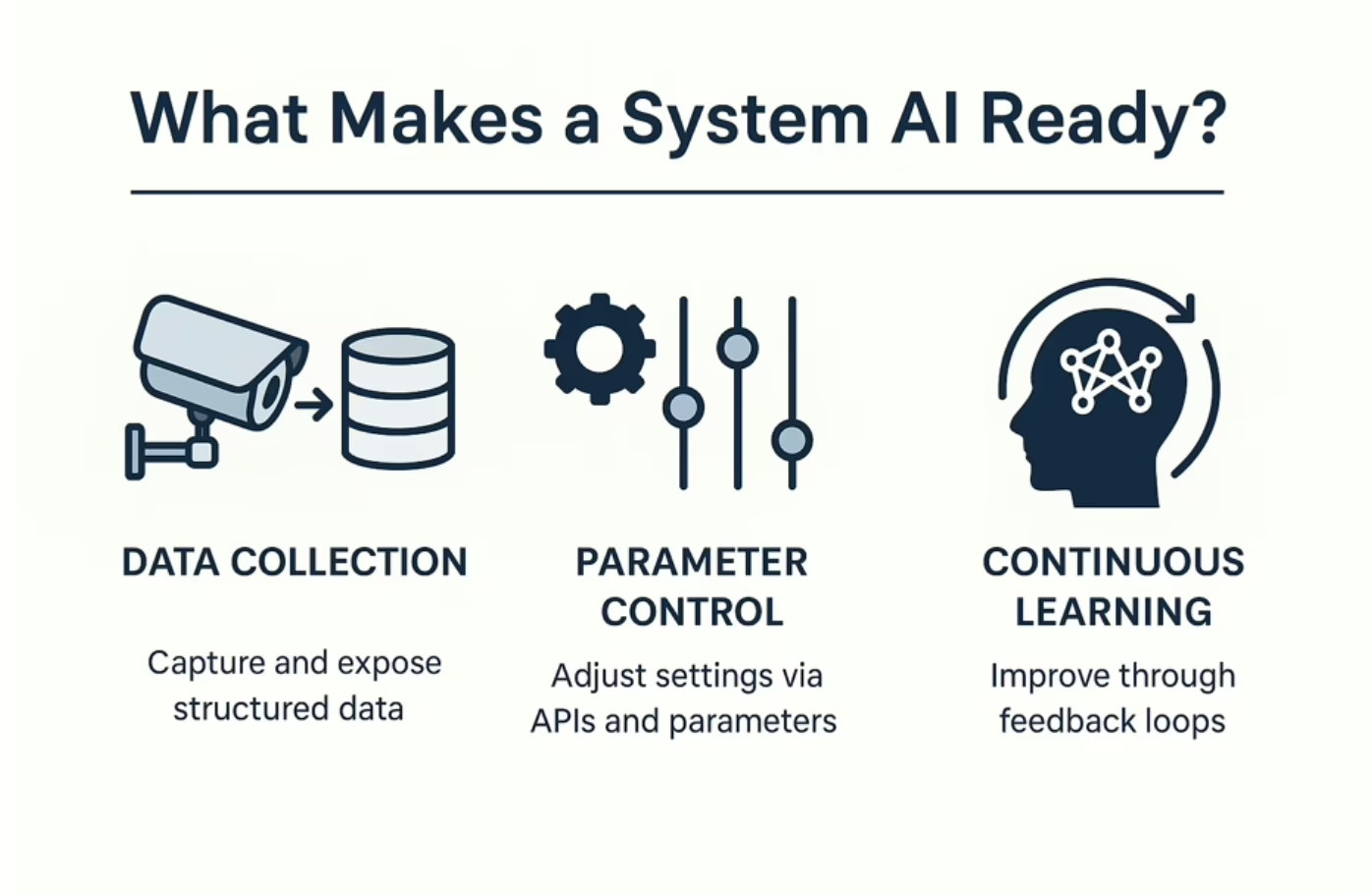
1. Structured Data Capture and Organization
Data forms the backbone of any AI system. AI depends on high-quality data to learn and function. The quality and organization of that data directly impact the system’s performance. Without well-structured, high-quality data, an AI system will fall short.
AI requires structured data—data organized in a way machines can easily interpret. This data is often stored in databases or spreadsheets with clearly defined rows, columns, and labels. Proper organization allows AI algorithms to detect patterns, predict outcomes, and derive insights from consistent data inputs.
When your data is fragmented, siloed, or incomplete, your AI system won’t be effective. Think of it like trying to solve a puzzle when half the pieces are missing. Without structure, AI can’t make sense of the data, rendering it almost useless.
For example, consider a sensor system in an industrial environment. These sensors capture vital data such as temperature, humidity, and motion. If this data is stored haphazardly in unstructured files, the AI will be unable to use it for predictive maintenance, anomaly detection, or performance optimization. But when data is well-organized and labeled, AI can efficiently analyze it and provide valuable insights.
At Eye2Drive, we ensure our sensors capture and expose to the AI systems a vast amount of high-quality, consistent, and well-organized data from the start. This gives AI systems the information they need to generate meaningful insights and drive the best decisions.
2. Dynamic Interaction with AI
For AI to deliver real value, it must interact with systems in a dynamic way. AI needs to adjust system behaviors based on real-time data and changing conditions. Without this capability, AI will simply follow static rules, limiting its potential for improvement.
In other words, AI systems need to influence their environments, just like how you would adjust settings in a video game. Imagine modifying exposure levels or motion detection settings based on changing circumstances. Similarly, AI should be able to modify key system parameters in response to new data to continuously improve its performance.
At Eye2Drive, our smart sensors allow AI to adjust settings dynamically. For instance, in low-light conditions, the AI can change the sensor’s settings to ensure it captures clear images. This flexibility enables the system to provide reliable data in challenging environments.
This dynamic interaction is critical in fields such as autonomous vehicles or surveillance systems, where environmental conditions constantly change. By giving AI control over system behavior, businesses ensure their technology adapts to new situations and continues to deliver accurate, actionable data.
3. Continuous Learning and Improvement
AI’s most significant advantage over traditional systems lies in its ability to learn and improve over time. Traditional software operates based on predefined rules—it does the same thing every time. In contrast, AI systems evolve and adapt based on the data they receive.
This process of continual learning is a key differentiator for AI. Rather than staying static, AI improves its decision-making, optimizes performance, and refines its predictions as it processes more data. This ongoing feedback loop ensures AI systems remain effective as conditions change.
This capability, known as “online learning” or “continual learning,” allows AI to stay relevant without requiring full retraining every time conditions change. As new data comes in, AI systems update themselves, adapting to new circumstances like shifts in the market or evolving customer behaviors.
Let’s consider a self-driving car as an example. With every journey, its AI system learns from traffic conditions, weather changes, accidents, and road patterns. The more experience it gains, the more accurately it navigates complex environments.
Thanks to our AI-Ready approach, at Eye2Drive we fully supports continual learning in all our sensors. This allows them to adapt to new data and perform optimally in any environment. This adaptability is especially critical in fields like autonomous driving, surveillance, and robotics, where conditions shift rapidly.
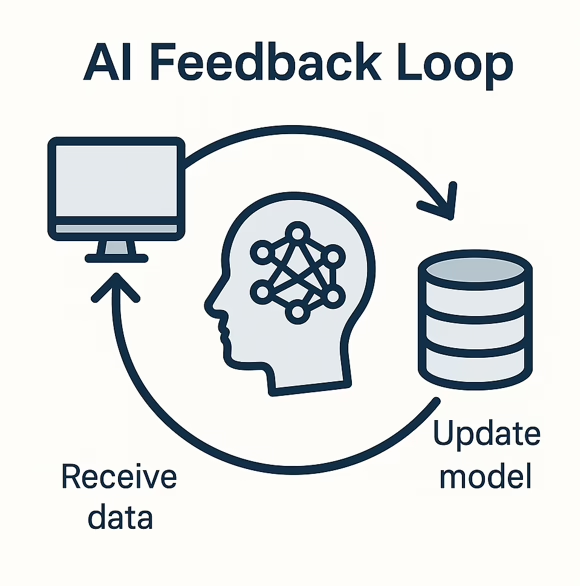
A Real-World Example: The Smart Sensor in Action
To illustrate AI readiness in action, let’s look at an example. Imagine a camera sensor monitoring road conditions during sunset. As the sun sets, the lighting continuously changes—brightness fluctuates, shadows lengthen, and colors shift. A traditional system might simply increase exposure when brightness decreases. While this rule may work in some scenarios, it doesn’t account for the nuances of the changing environment.
An AI-Ready sensor, however, allows the AI system to learn from thousands of images taken under similar conditions. This allows the system to understand the optimal settings needed to capture clear images in each unique lighting situation. Over time, the AI dynamically adjusts exposure, white balance, and contrast, ensuring optimal image quality as the lighting changes.
At Eye2Drive, our sensor doesn’t just adjust for light—it allows an AI system to change its behavior in response to environmental factors like illumination, motion, and weather. This intrinsic flexibility is crucial for industries like transportation, security, and robotics, where reliable, accurate data is critical.
The Eye2Drive sensor allows an AI system to change its behavior in response to environmental factors such as illumination, motion, and weather.
The Future of AI Integration: Why It’s Crucial Now
As AI technologies evolve, their potential applications will continue to expand. Businesses that embrace the AI-First Product approach today will have a significant competitive advantage, allowing them to automate processes, make better decisions, and innovate faster. Companies that fail to prepare will struggle to keep pace.
The future of sensor technology and AI integration hinges on creating smarter, more adaptable systems. At Eye2Drive, we are committed to developing sensors that don’t just collect data but also interpret it and act on it. Our AI-Ready sensors are designed to grow smarter over time, adapting to new data and ensuring their continued relevance as AI technology advances.
AI is not a one-size-fits-all solution. Every business and industry has unique challenges, so AI readiness must be tailored to each specific need. That’s why we prioritize building flexible, adaptable technology that meets the needs of various sectors, from autonomous driving to industrial automation.
Final Thought: AI-Ready Is a Strategic Advantage
AI readiness isn’t just a technical requirement; it’s a strategic decision for businesses looking to future-proof their operations. Companies that invest in AI-Ready systems today position themselves to thrive in a rapidly changing world.
When assessing AI readiness, businesses should ask themselves:
- Do we provide easy access to the right data to power AI?
- Are our systems flexible enough to be driven and evolve with AI?
- Are we focused on long-term adaptability, or are we merely automating current processes?
At Eye2Drive, we are committed to helping businesses answer these questions. Our AI-Ready sensors provide valuable data to help products and applications stay ahead of the curve. Companies that embrace our AI readiness approach will lead in the future, while those that lag behind may struggle to keep up.
Businesses that focus on AI-Ready products and systems are not just preparing for the future of technology—they are actively shaping it.

